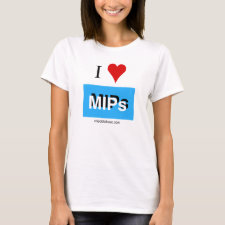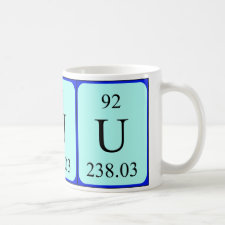
Authors: Monier M, Abdel-Latif DA
Article Title: Synthesis and characterization of ion-imprinted resin based on carboxymethyl cellulose for selective removal of UO22+.
Publication date: 2013
Journal: Carbohydrate Polymers
Volume: 97
Issue: (2)
Page numbers: 743-752.
DOI: 10.1016/j.carbpol.2013.05.062
Alternative URL: http://www.sciencedirect.com/science/article/pii/S0144861713005377
Abstract: In this work, the surface ion-imprinting technique was employed for the preparation of surface ion-imprinted chelating microspheres resin based on modified salicylaldehyde-carboxymethyl cellulose (U-CMC-SAL) in presence of uranyl ions as a template and formaldehyde as a cross-linker. Various instrumental techniques such as elemental analysis, scanning electron microscope (SEM), FTIR and X-ray diffraction spectra were utilized for full characterization of the prepared polymeric samples. The prepared resin exhibited a higher capability for selective removal of UO22+ when compared to the non-imprinted resin (N-CMC-SAL). Also, different important parameters such as pH, temperature, time and initial metal ion concentration were examined in order to evaluate the optimum condition for the adsorption process. The results indicated that pH 5 was the best for the UO22+ uptake, in addition, the adsorption was exothermic in nature, follows the second-order kinetics and the adsorption isotherm showed the best fit with Langmuir isotherm model with maximum adsorption capacity of 180 -¶ 1 and 97 -¶ 1 mg/g for both U-CMC-SAL and N-CMC-SAL respectively. Desorption and regeneration were carried out using 0.5 M HNO3 solution and the results confirmed that the resin keeps about 92% of its original efficiency after five consecutive adsorptionG«Űdesorption operations
Template and target information: uranyl ion, UO22+
Author keywords: Carboxymethyl cellulose, grafting, acrylonitrile, Salicylaldehyde, molecular imprinting



Join the Society for Molecular Imprinting

New items RSS feed
Sign-up for e-mail updates:
Choose between receiving an occasional newsletter or more frequent e-mail alerts.
Click here to go to the sign-up page.
Is your name elemental or peptidic? Enter your name and find out by clicking either of the buttons below!
Other products you may like:
 MIPdatabase
MIPdatabase









